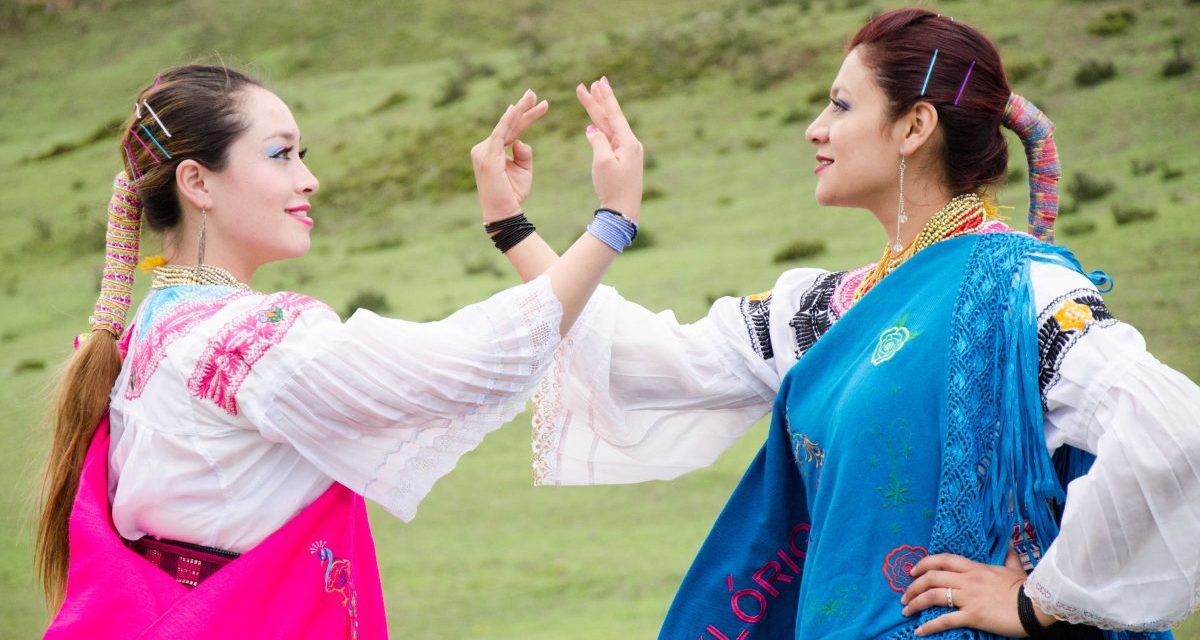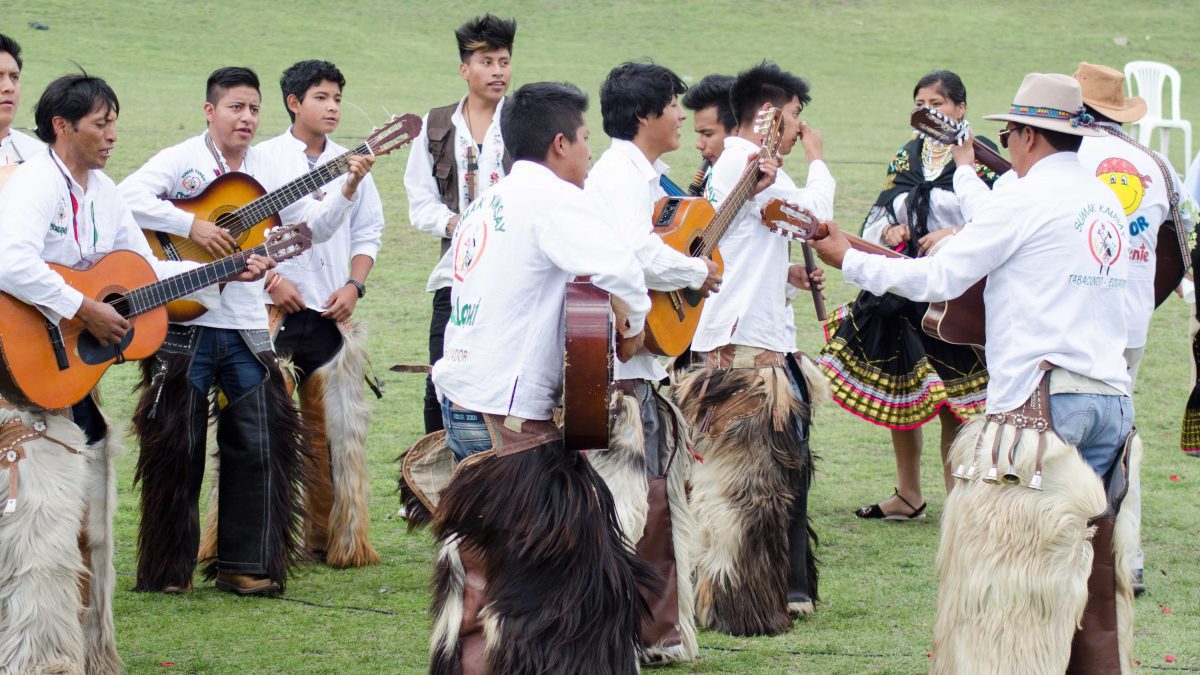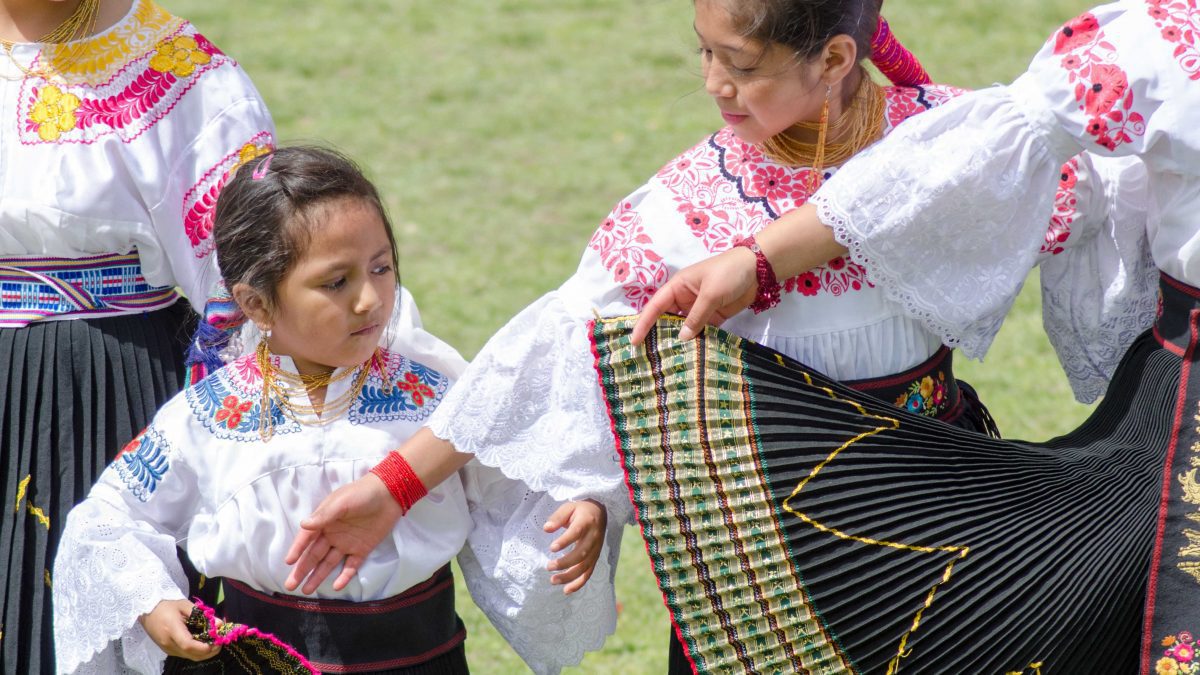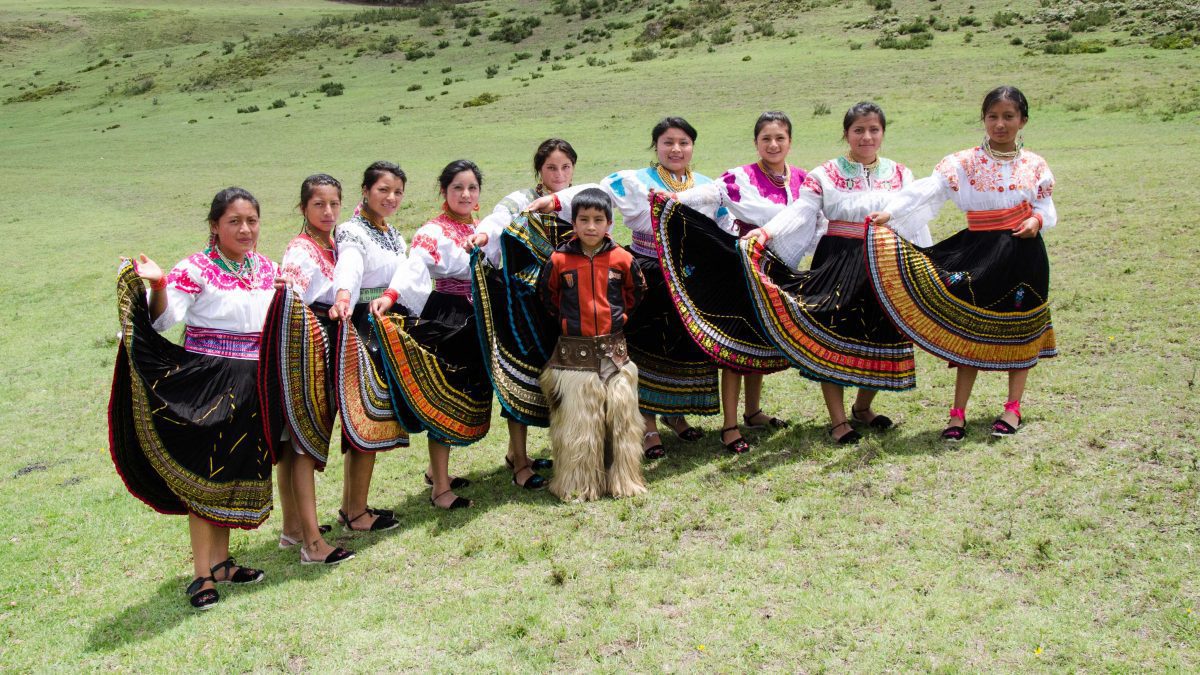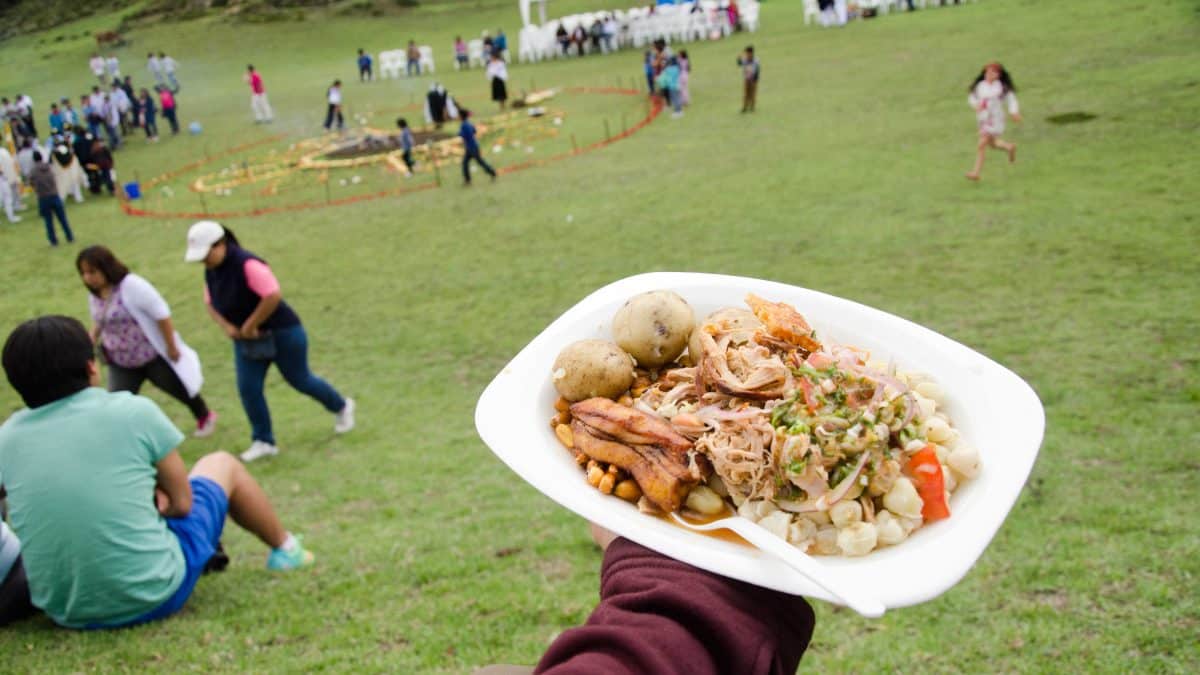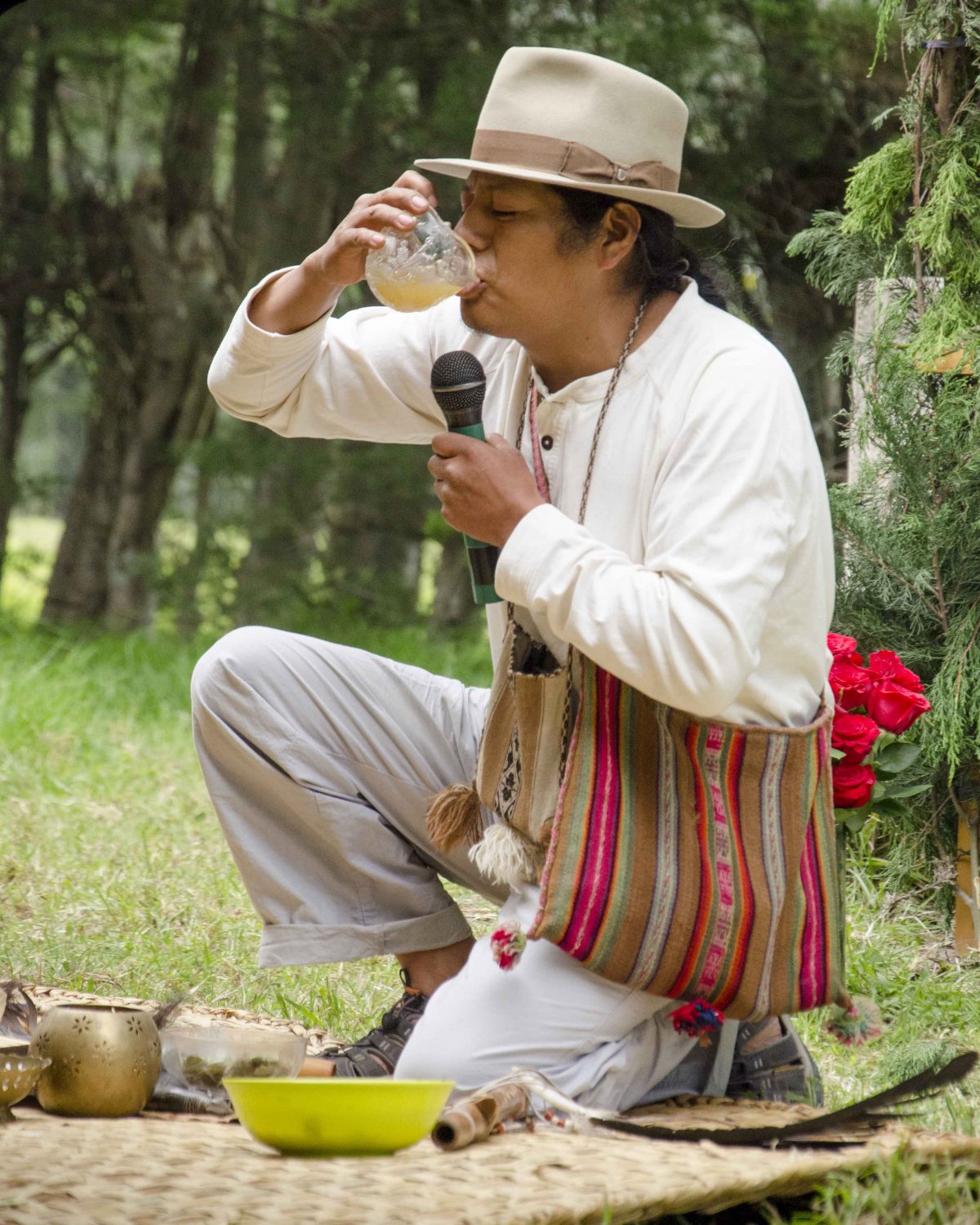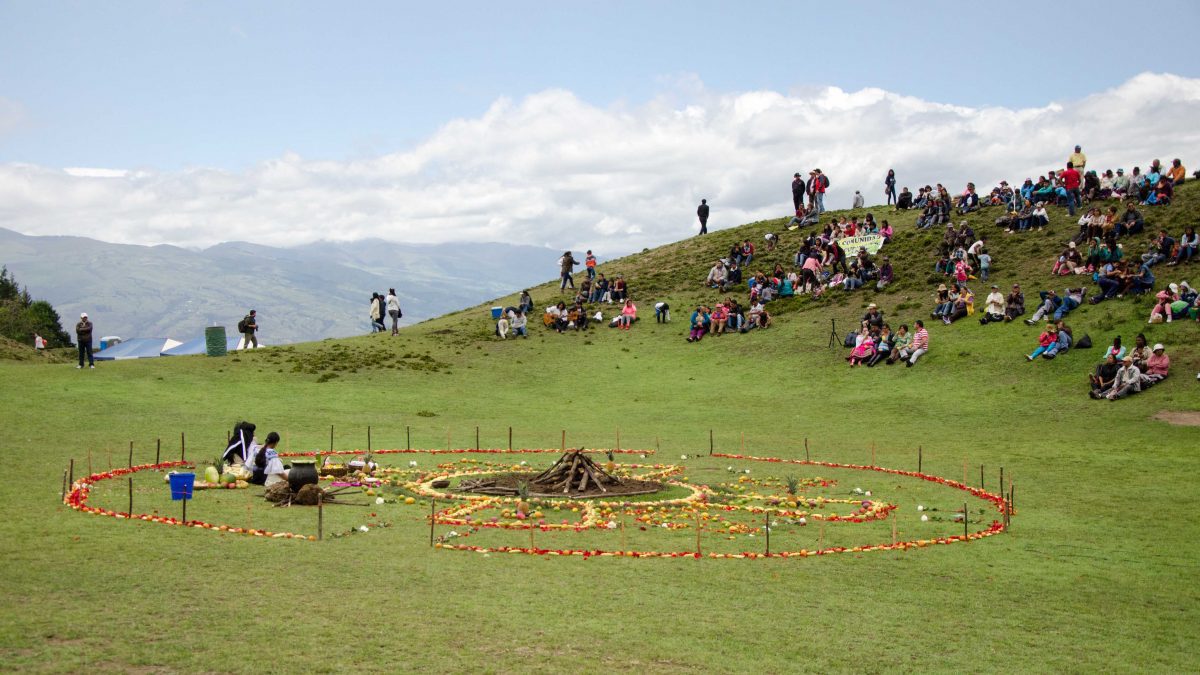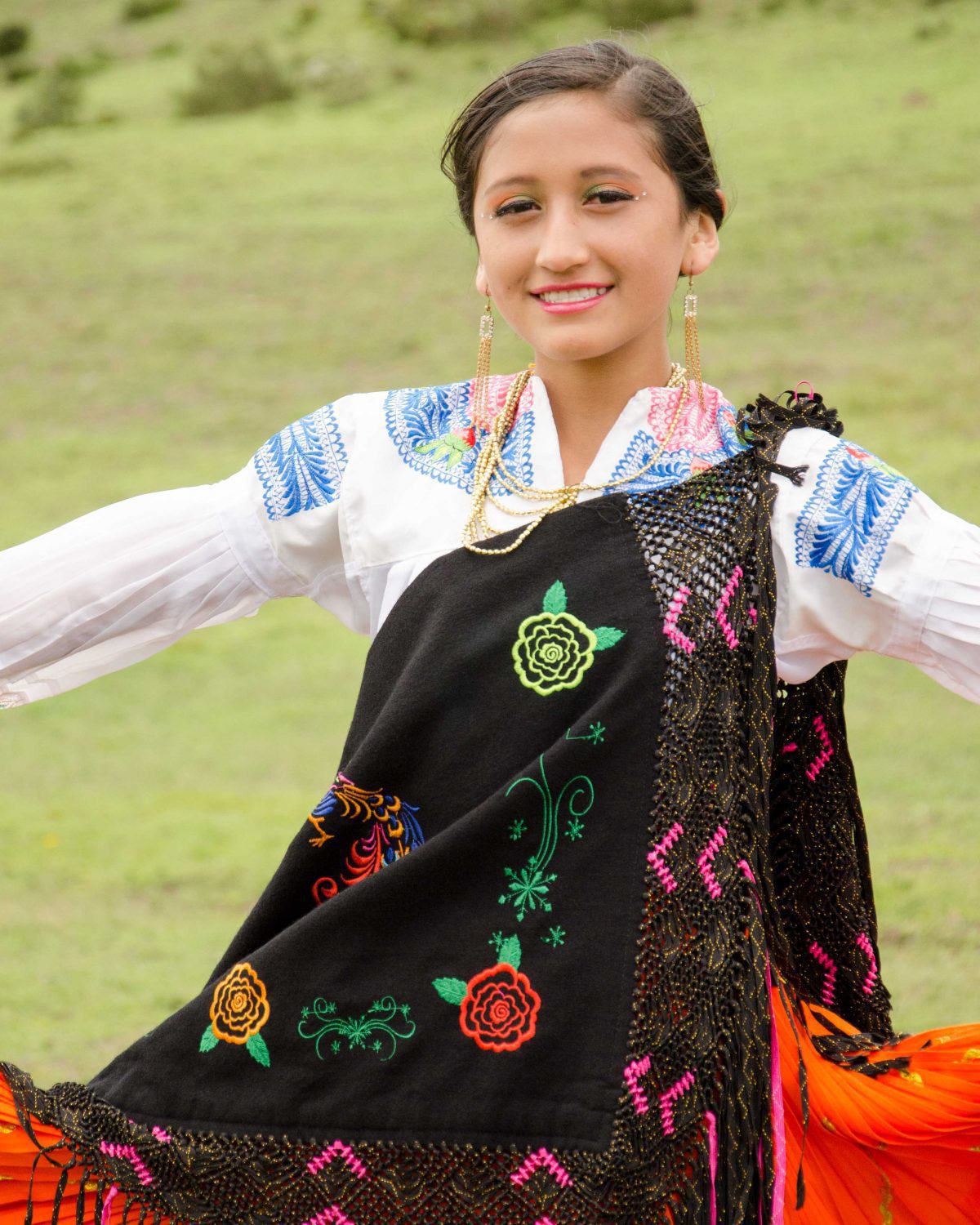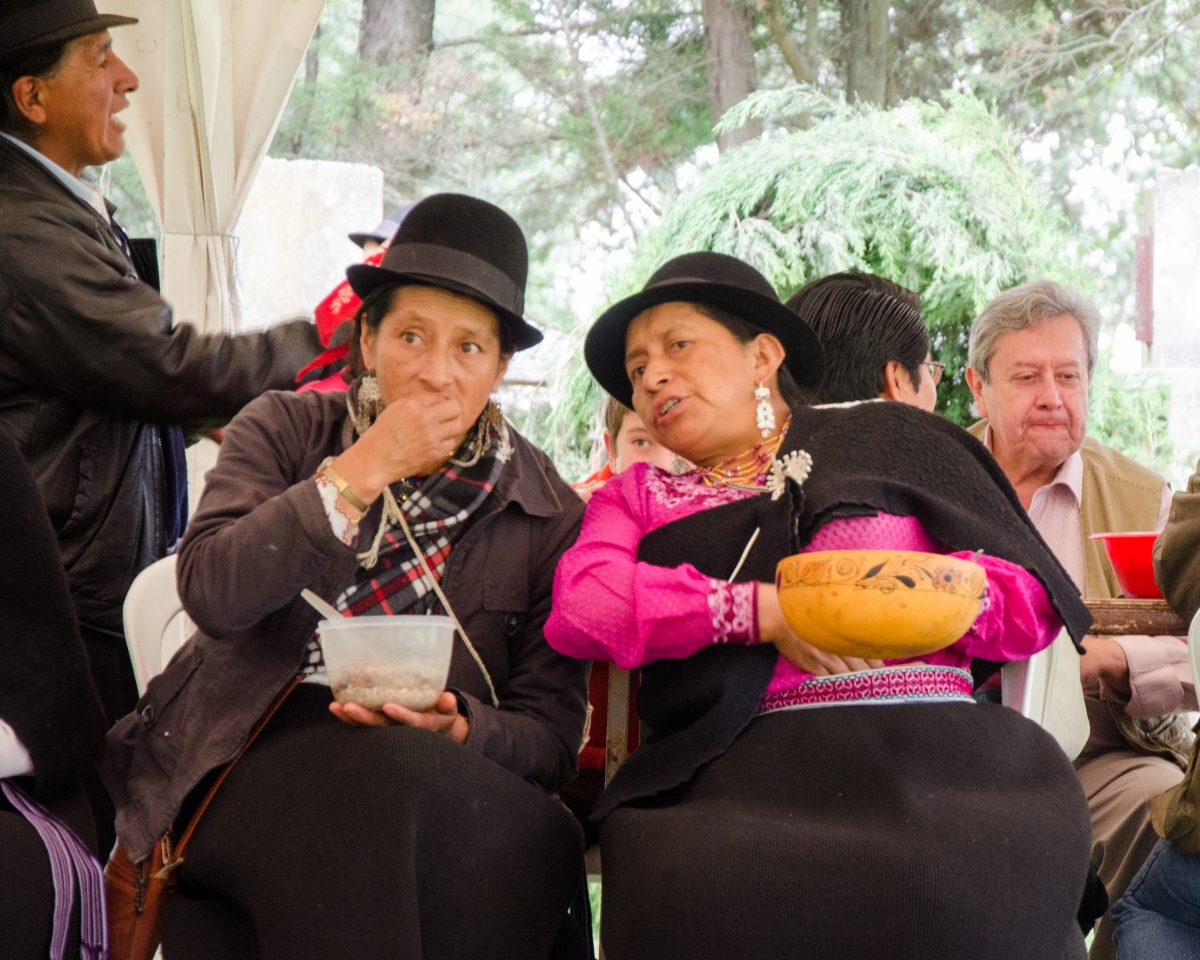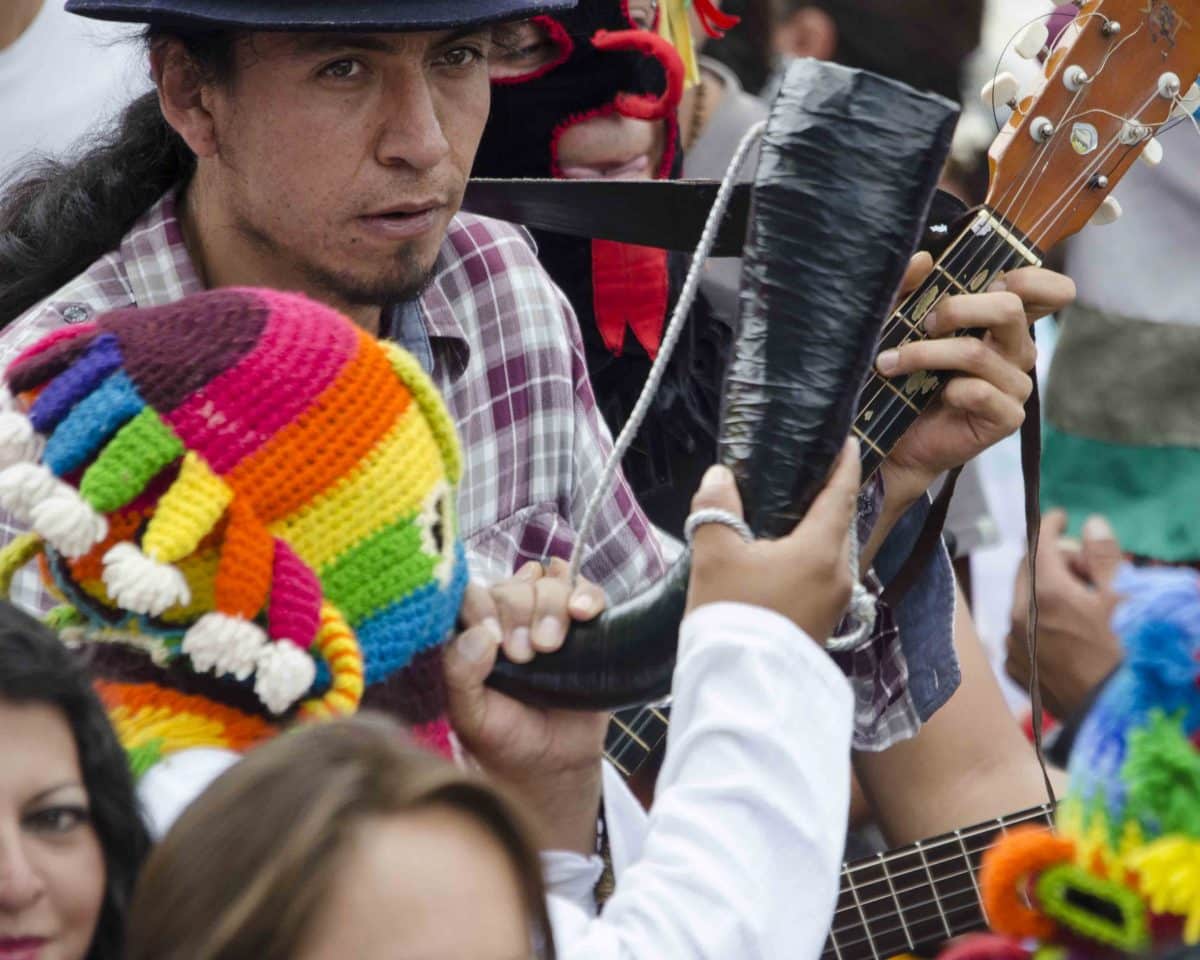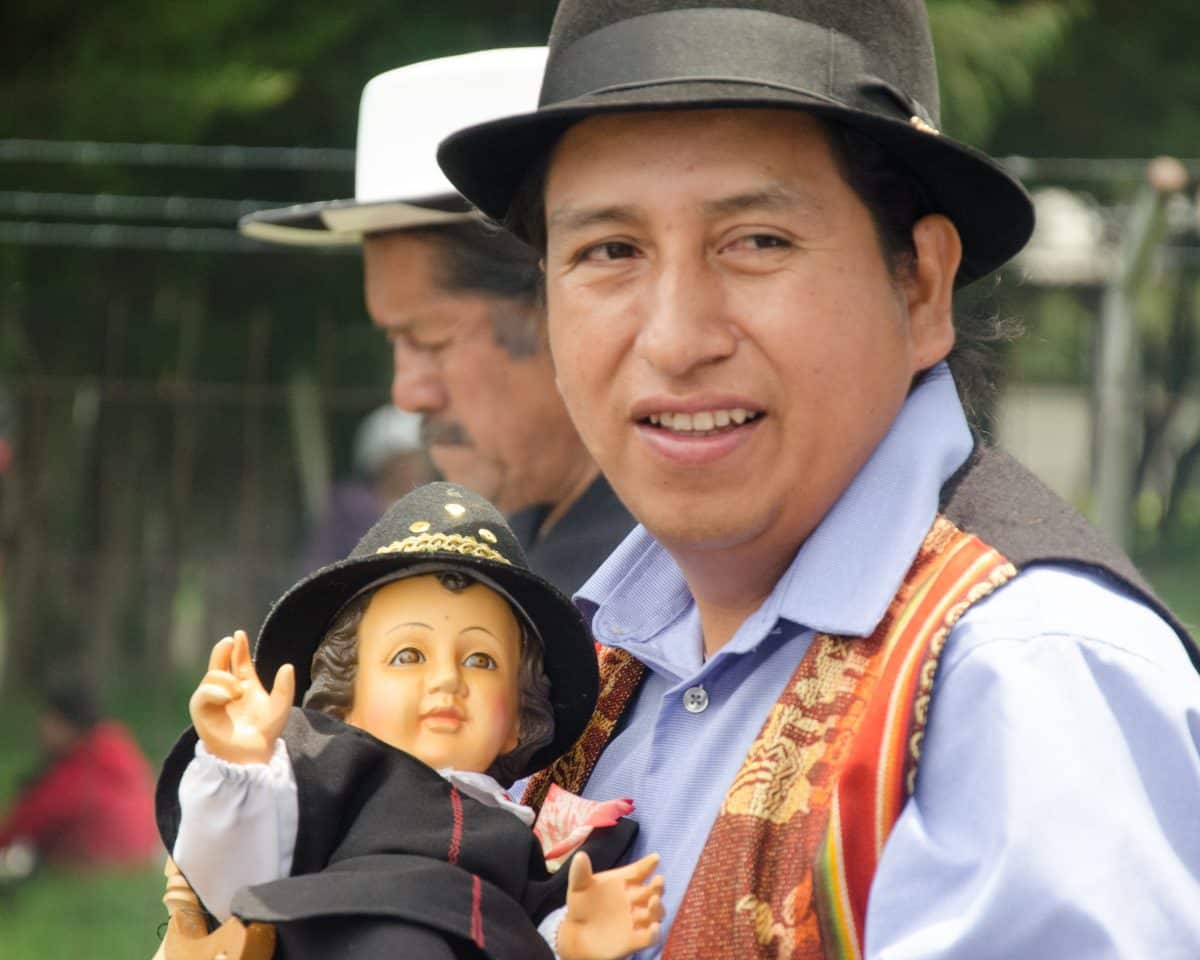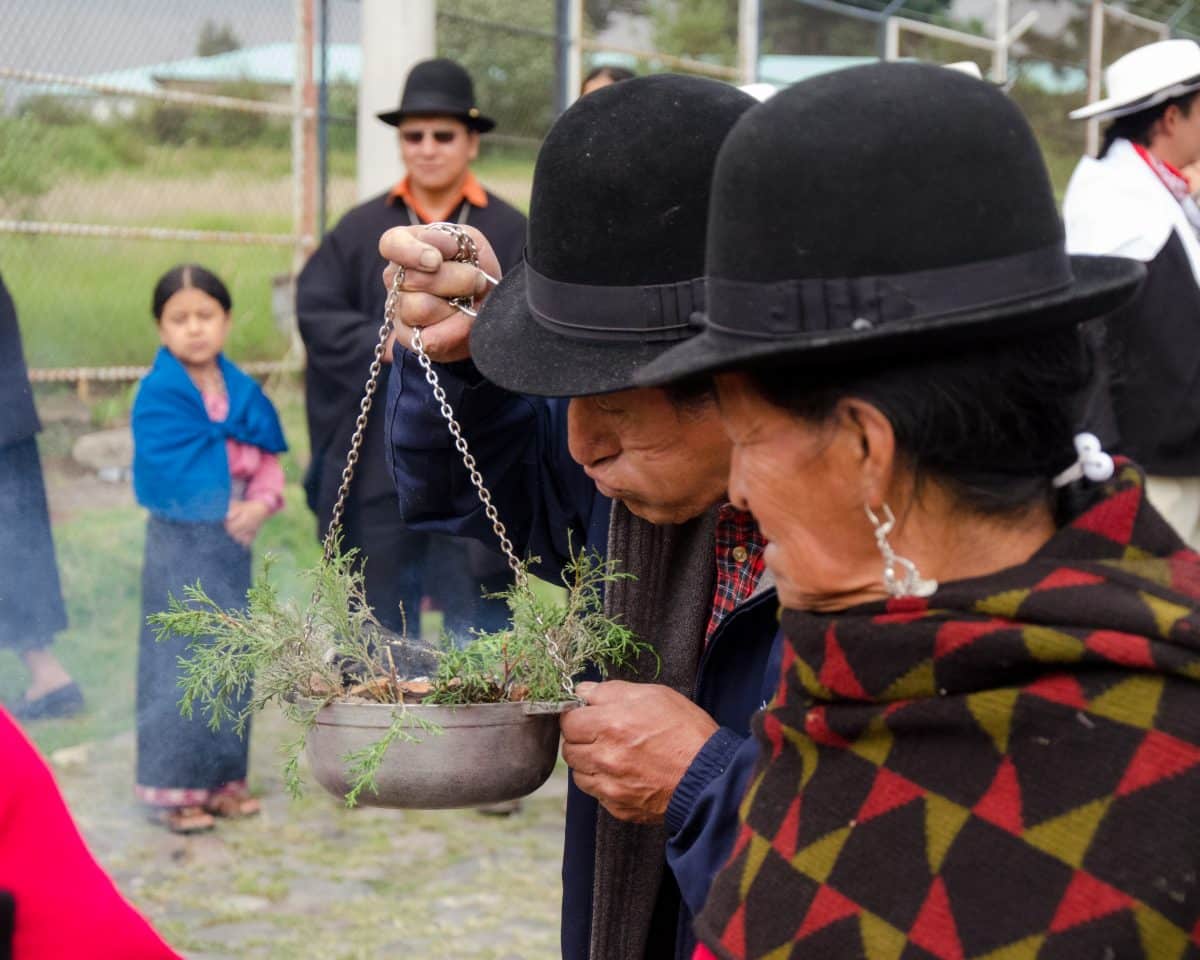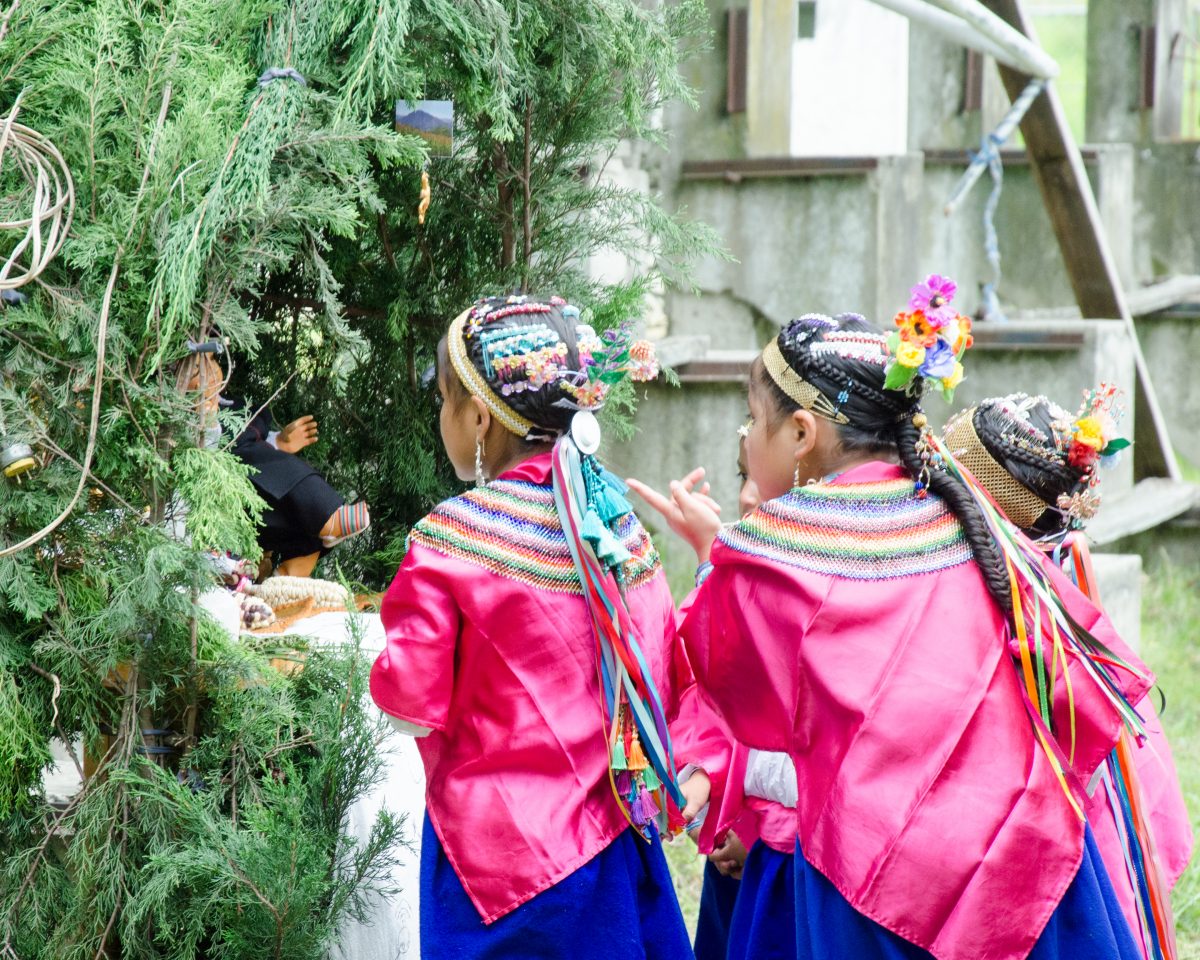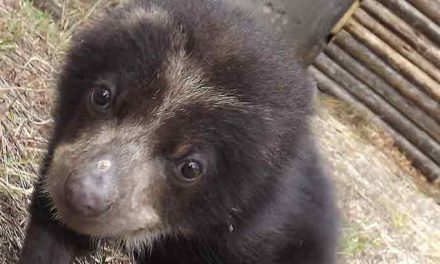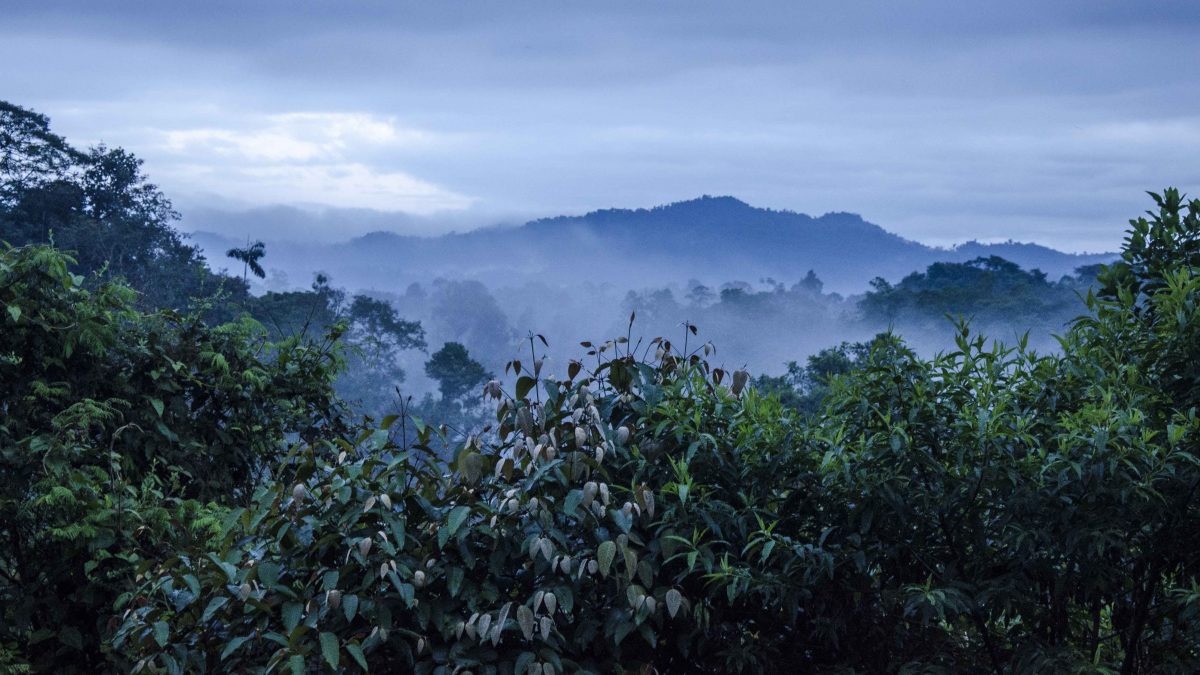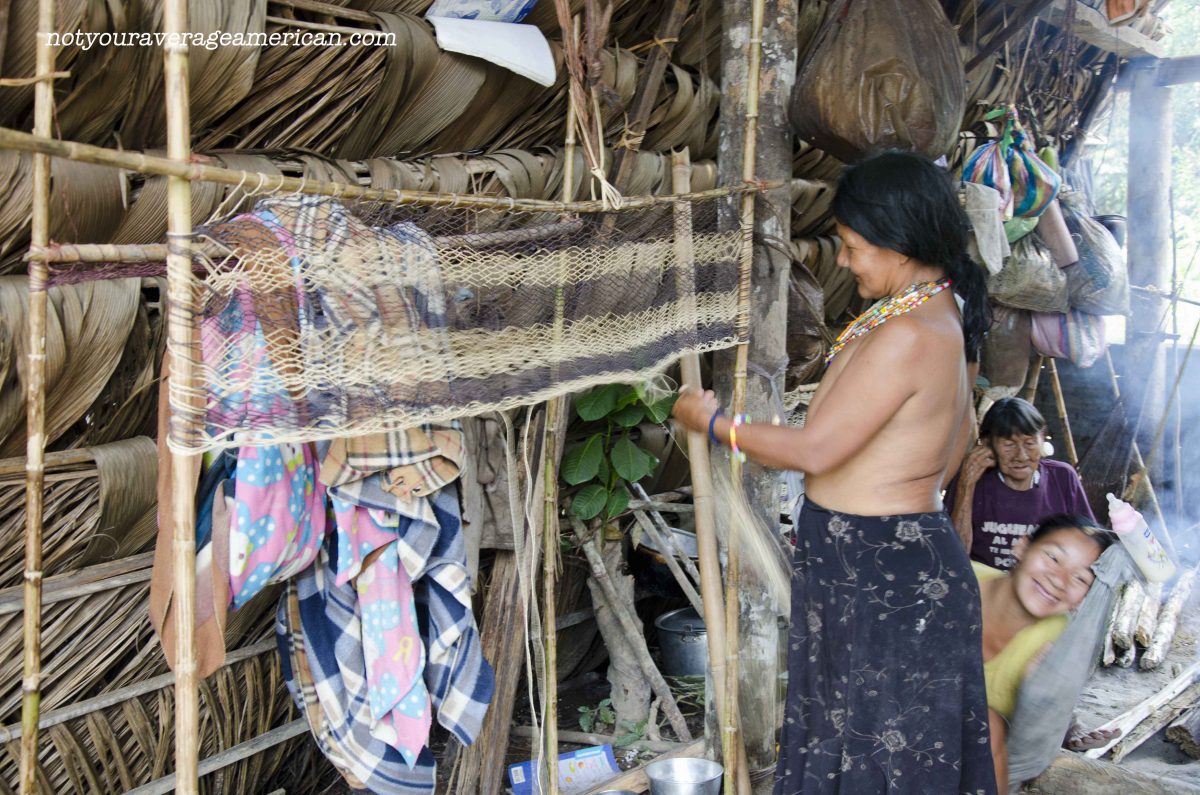First published on February 20, 2018 • Last updated on March 18, 2022
This page may contain affiliate links; if you purchase through them,
we may receive a small commission at no extra cost to you.
The four Andean sun festivals, called raymis, are ancient celebrations honoring the annual passage of the sun through the sky. The Spanish-Incan historian Inca Garcilaso de la Vega first recorded these events in his book Comentarios Reales de los Inca in 1609. Current manifestations of the raymi festivals blend pre-Incan practices with both Incan and Catholic traditions. We could spend years visiting Andean towns and villages and never celebrate a raymi in the exact same way!
Solstices and Equinoxes
In the far northern and southern hemispheres, these solar events – the Spring and Fall Equinoxes and the Summer and Winter Solstices -signal a change in seasons. The only difference is that the seasons are reversed between the two hemispheres. For example, the Southern Hemisphere welcomes Spring as the North welcomes Fall. The marked difference between the hemispheres is especially notable in countries like Argentina and Chile where flowering trees bloom just as we are harvesting grapes in Northern California and leaves are turning brilliant colors in New England.
However, in Ecuador, the concept of seasons like spring and fall is confusing. Generally, if it’s raining, people might call it winter, and if it’s dry summer. Everything in between is just normal weather. The many small mountain ranges and microclimates of the Andes complicate weather patterns. Therefore, the rainy season in the Ecuadorian Amazon Basin is not the same as the rainy season for the Ecuadorian Pacific Coast. At least, not always.
Therefore, it is easier to refer to the solstices and equinoxes by the months in which they occur as well as by their proper Andean names.
The Raymis
The word raymi comes from the Quechua language. Loosely translated as “religious festival,” raymi signifies either equinox or solstice and has no direct translation in English.
The moon and the sun are both important during each of these festivals. But for the most part, according to researcher Robert Ochoa, the solstices are masculine holidays primarily associated with the sun while the equinoxes are feminine holidays primarily associated with the moon. During all raymi festivals, participants take part in ritual bathing, often by the light of the moon or in the earliest hours just before dawn while parades and large communal gatherings often take place close to noon, at the height of the sun’s passage through the sky.
Food is also a consistent at raymi festivals. We rarely fail to see plates of hornado, that delicious roast pork accompanied by mote and potato pancakes called llapingachos. In the days before the big celebration, women make chicha de jora, a fermented drink made of corn. Festival participants pass around gourds of chicha, sharing at every possible moment.
While all of the raymis have many traditions in common, they each have a particular theme:
March Equinox: Pawkar = Jardin = Garden
June Solstice: Inti = Sol = Sun
September Equinox: Killa = Luna = Moon
December Solstice: Kapak = Organizador = Organizer
The March Equinox – Pawkar Raymi
The March Equinox, called Pawkar Raymi, celebrates the Pachamama, or Mother Earth. Rains generally start in the Andes sometime in November. By March, those rains bring forth fruits and flowers. Therefore, the March Equinox is a time of harvest in the Southern Hemisphere and along the Equator.
Many Andean communities gather for Pawkar Raymi on or near the actual equinox, on March 20th. These celebrations are often called Mushuk Nina. It is common to see these events advertised as the Andean New Year but the actual translation is “new fire” (mushuk = new; nina = fire). Fire is one of the four elements important in Andean cosmology. Fire cleanses and brings renewal, making it a perfect symbol for the new year.
In other Andean communities, they celebrate Pawkar Raymi in conjunction with the Catholic holiday Fat Tuesday, or Carnival. For example, in Ambato, they celebrate La Fiesta de La Fruta y Las Flores. This day changes every year, based on a lunar calendar. It is a perfect example of syncretism, the blending of native theology with Catholic traditions.
To learn more about Pawkar Raymi, check out this article:
The June Solstice – Inti Raymi
Inti Raymi is the best known of the four Raymi festivals. Celebrated in a grand manner throughout the Andean Nations, Inti Raymi celebrations held at Ingapirca in the Cañar Province and in the communities of Otavalo, Peguche, and Cotacachi in the Imbabura Province are some of the grandest in Ecuador.
Celebrations can begin in the first days of June and continue until the first week of July. Usually, communities will hold the largest celebrations on the weekend falling closest to June 21st. But as with other local festivals, Inti Raymi is often blended with two different Catholic Feast Days: Saint John the Baptist on June 24th and Saints Peter and Paul on June 29th.
Traditional events often include an evening of ritual bathing, parades of school children mid-week, the “Taking of the Plaza” where local neighborhoods take turns marching or dancing around the main city square, and the sharing of food and drink.
To learn more about Inti Raymi, check out this article:
The September Equinox – Killa Raymi
Killa Raymi is the festival of the moon. It is also called the Fiesta de la Mujer (woman) or the Fiesta de Jora (corn). Celebrated on or near September 22nd throughout the Andes, Killa Raymi festivals focus on sowing seeds. This is the dry season, when farmers can more easily plow the soil.
Corn, a symbol of fertility, is the reigning queen of the celebrations. In Cotacachi, they celebrate La Fiesta de Jora, in Sangolqui, La Fiesta de Maiz, and in Otavalo, La Fiesta del Yamor. In the Cañar Province, they hold one of the largest and most well-organized celebrations at El Tambo, an archeology site where hundred of international visitors gather each year for Killa Raymi.
The December Solstice – Kapak Raymi
In the Ecuadorian Andes, the December Solstice is a celebration of transformation: from seed to seedling, from adolescence to adulthood. By December 21st, seeds planted just before the rainy season have germinated. Local communities take this time to help young men bridge the gap between childhood and adulthood. In many parts of the country, Kapak Raymi is a time when young men undergo tests of physical strength and spiritual fortitude.
Kapak Raymi is also the time when town councils elect leaders for the coming year. In Saraguro, both the old and new councils come together for celebrations to help the community realize the change in leadership.
Modern Kapak Raymi festivities are tightly interwoven with the celebration of Christmas and the important days on either side. Kapak Raymi events can begin mid-December and take place until Three-Kings Day on January 6.
To learn more about Kapak Raymi, check out this article:

